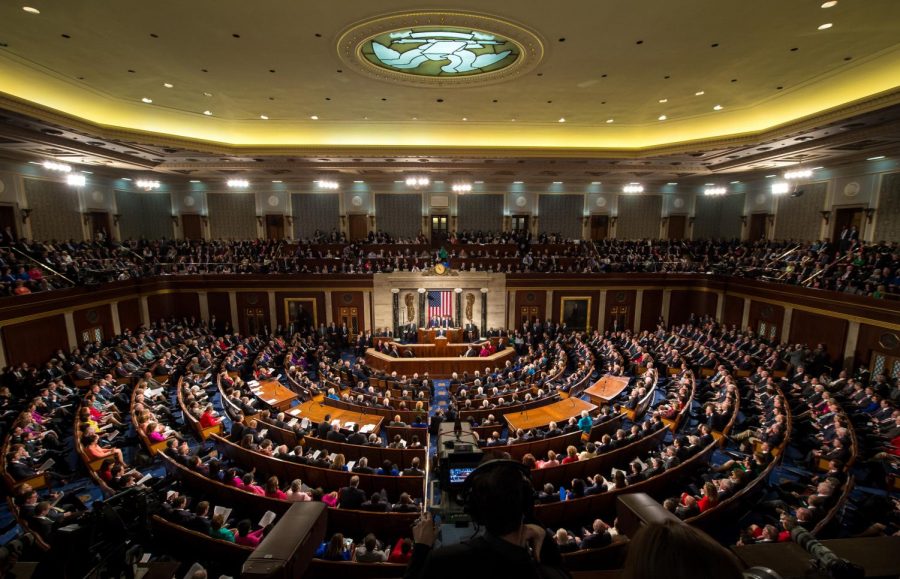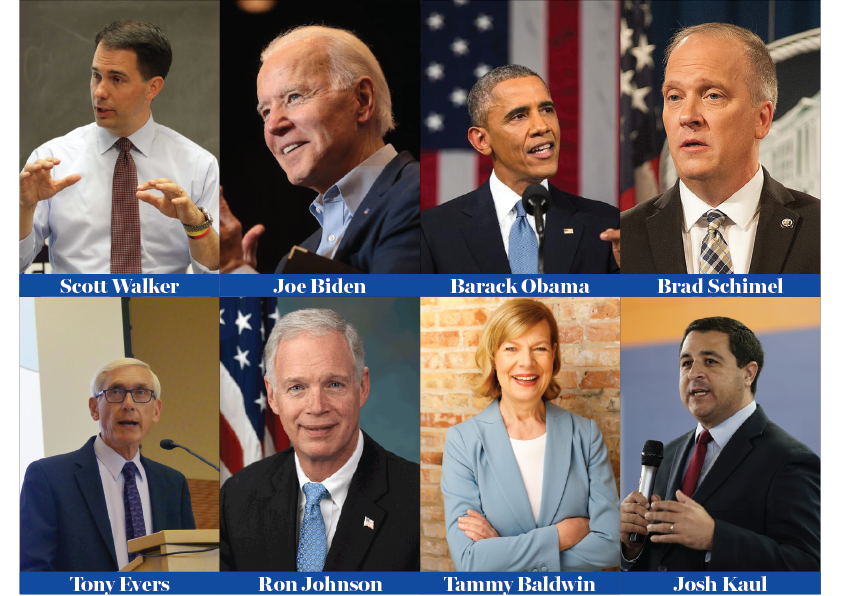If you’re looking for a clear portrait of America’s increased partisanship over the past eight years, you need look no further than Milwaukee and its surrounding counties. The metropolitan area is among the most divided in the entire nation.
Certainly the internet has played a role in this trend. The rise of online partisan media outlets further segregates people into different realities, allowing them to self-select what news they read and what they choose to believe. But in southeastern Wisconsin, the barrier is geographical as well as psychological.
In 2014 Craig Gilbert, Washington bureau chief for the Milwaukee Journal Sentinel, looked at this phenomenon in his special report “Dividing Lines.” Gilbert found that racial segregation is a driving force in the political polarization of metropolitan areas.
“As the nation has grown more diverse, the voting gap between whites and nonwhites also has grown,” Gilbert wrote. “Milwaukee is more politically segregated than almost any other large northern metro.”
Milwaukee is consistently cited as one of the most racially segregated cities in the country. Recently, Bucks President Peter Feigin addressed this issue, saying, “Milwaukee is the most segregated, racist place I’ve ever experienced in my life. It just is a place that is antiquated. It is in desperate need of repair and has happened for a long, long time.”
Gilbert’s 2014 special report found that Obama’s approval rating was 93 percent among Democrats and 8 percent among Republicans, while Gov. Scott Walker’s approval was 91 percent among Republicans and 10 percent among Democrats in the combined counties of Milwaukee, Waukesha, Washington and Ozaukee.
There are consequences of this kind of political polarization. The historic obstructionism in our Congress over the past eight years and the Senate’s refusal to hold hearings on Supreme Court nominees is evidence enough. But what of the costs that are difficult to measure?
Polarization incentivizes divisive rhetoric that portrays the other side as corrupt and incompetent. This, in turn, reduces the public’s trust in government. Perhaps the most horrifying example of this is Donald Trump’s recent insistence that the election might be rigged against him. Even the Bush era “Not My President” shirts worn by some Democrats were an early example of this mindset.
Now, hardly a week out from the 2016 presidential contest, it is difficult to foresee a situation where this trend doesn’t continue. Although current Wisconsin polls trend positively in Clinton’s favor, it is likely that most of her support will come from the population-dense areas of Milwaukee and Madison, leaving the area in between a dark sea of red.
One solution to polarization is to end gerrymandering, making congressional and local campaigns more competitive and forcing candidates to adopt moderate positions. But this solution doesn’t work when a population is already segregated along political and geographical lines as is the case in southeastern Wisconsin. Craig Gilbert added in his study of metropolitan Milwaukee, “Democrats and Republicans aren’t just strangers to each other in their politics – they increasingly live in separate worlds.”
Unfortunately, the divisiveness and partisanship show no signs of slowing down. In an election whose two major candidates are among the most disliked in history, this campaign season is further evidence of how entrenched partisan loyalty is in the United States.







